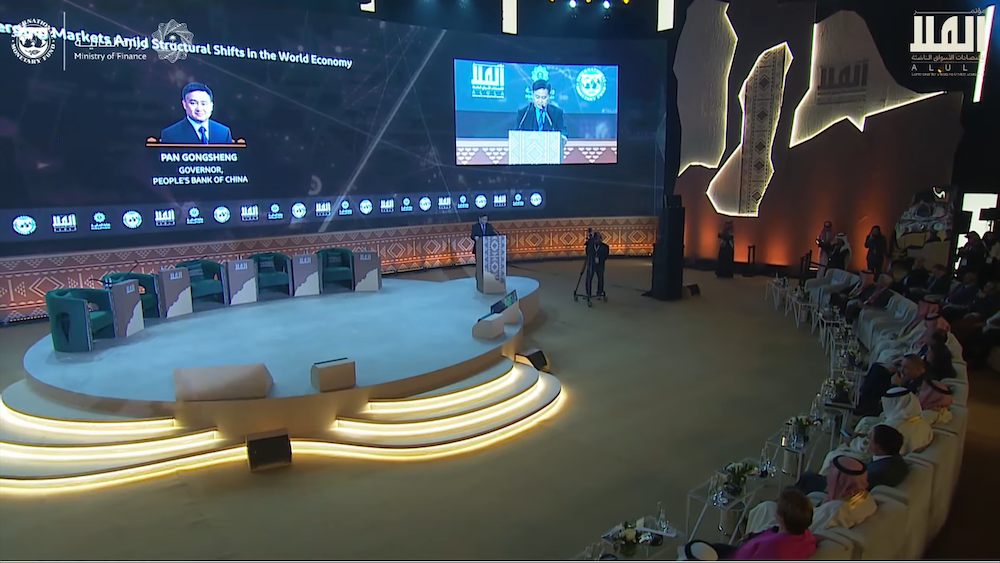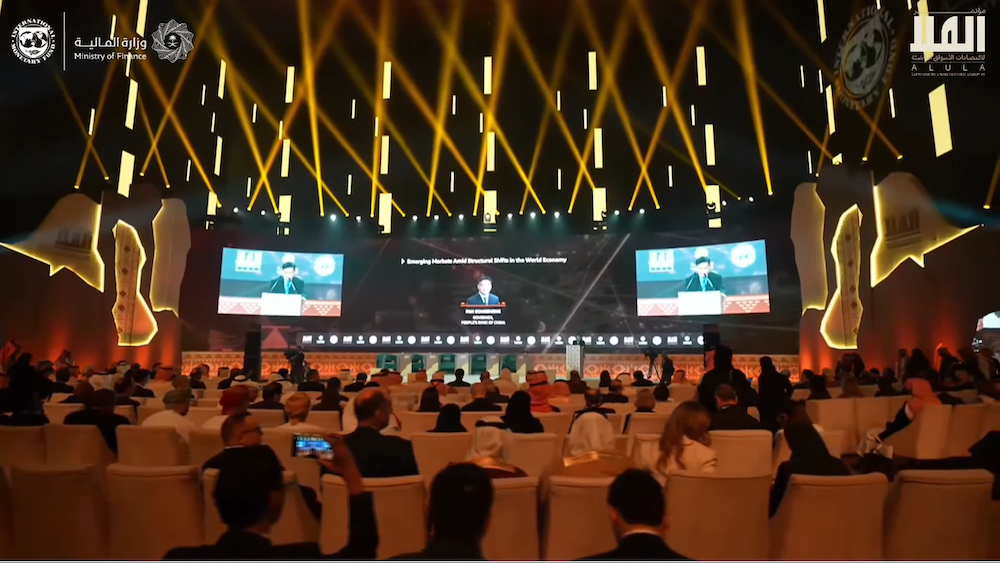RIYADH: Sukuk issuance across the Middle East and North Africa surged 48 percent to $6.2 billion in the first half of 2024, driven by green and social projects, a new analysis showed.
Growth in the Islamic bonds sector has been primarily driven by environmental, social, and governance-related and sovereign issuances, reflecting efforts to diversify funding bases and capitalize on rising investor interest in Islamic finance portfolios, according to data from Bloomberg’s Capital Markets League Tables.
The sukuk market has experienced robust growth driven by global demand for Shariah-compliant investments. These instruments play a crucial role in funding infrastructure, green projects, and social initiatives, appealing to ethical investors and reflecting a trend towards sustainable finance.
According to Bloomberg’s analysis, Saudi Arabia led the growth with five sukuk issuances totaling $3.98 billion, while the UAE accounted for the remaining $2.25 billion from three issuances.
The region’s banks drove the market, with Emirates Islamic Bank making a significant debut issuance of $750 million.
This positive trend underscores the Islamic financial sector’s commitment to ESG investing, particularly in light of the UAE’s major climate finance announcements at COP28 last year.
On the other hand, despite offering competitive rates and terms compared to conventional loans, the Islamic loan market in the MENA region saw volumes of around $13.35 billion in the first half of 2024, marking a 21 percent year-on-year decline.
This reflects the activity level seen in the bond market since the pandemic.
In the first half of the year, the sector was mainly propelled by global sovereigns. Saudi Arabia led with $33.6 billion issued in both local and international capital markets, followed by Malaysia with $4.3 billion and the UAE with $2.9 billion.
Significant transactions included Saudi Arabia’s $5 billion sukuk split into three, six, and 10-year tranches and Bahrain’s issuance of a $1 billion seven-year sukuk.
“The continued expansion of MENA Islamic debt issuances aligns with broader trends in the fixed income space while pointing to increased issuer interest in sustainable debt and an appetite to diversify portfolios,” said Venty Mulani, data specialist for sustainable fixed income at Bloomberg LP.
She added: “In the second half of the year, we can expect to see continued growth, particularly for ESG-related sukuk, reflecting a deepening commitment to sustainable finance in the MENA region.”
Fitch Ratings projected in April that global sukuk issuance will sustain growth throughout the remainder of the year, fueled by increasing funding and refinancing needs.
The credit rating agency noted that the market’s steady development will be bolstered by economic diversification efforts across Gulf Cooperation Council countries and the maturation of the debt capital market.
However, potential risks to issuance include evolving Shariah requirements impacting credit risk, geopolitical uncertainties, and fluctuations in oil prices.
“Corporates and projects will likely stay reliant on bank funding, but the government push to develop the DCM and reduce bank reliance could drive sukuk issuance,” said Fitch in the report.
Moreover, the GCC DCM reached $940 billion in outstanding sukuk and is well on its way to surpass the $1 trillion mark.
“Around 80 percent of GCC sukuk is now investment-grade, and the GCC DCM is well on its way to crossing $1 trillion outstanding. Saudi Arabia, UAE and Malaysia will likely stay among the most active sukuk issuers,” said Bashar Al-Natoor, global head of Islamic Finance at Fitch Ratings.
Fitch said that global outstanding sukuk expanded 10 percent year-on-year to $867 million at the end of the first quarter, with GCC countries accounting for 35 percent of this amount.
The report pointed out that Malaysia is still the largest market globally for these Islamic bonds, with around 60 percent of its ringgit DCM in sukuk.






















